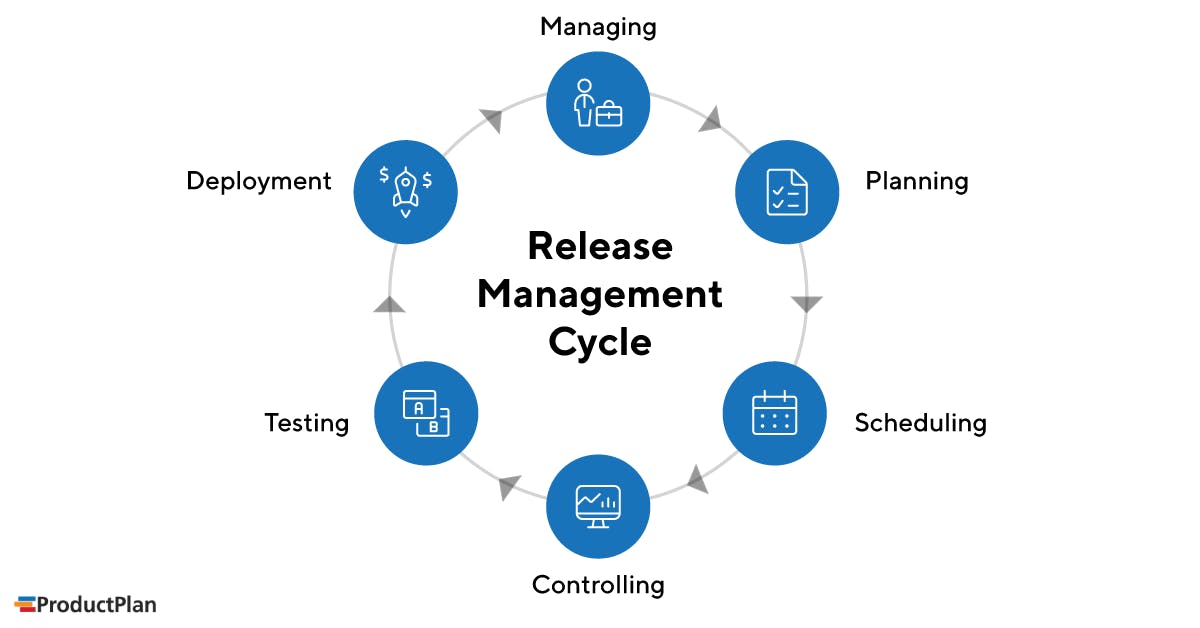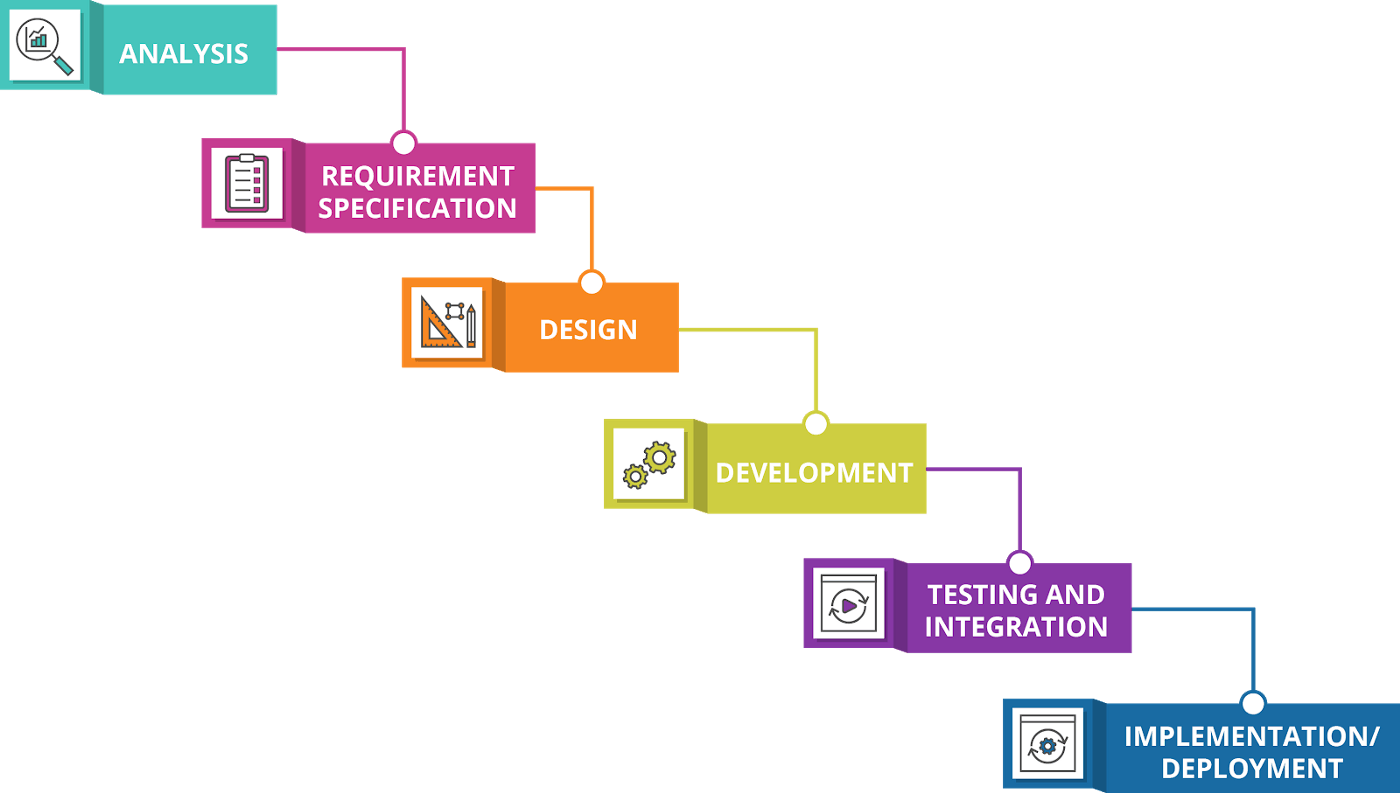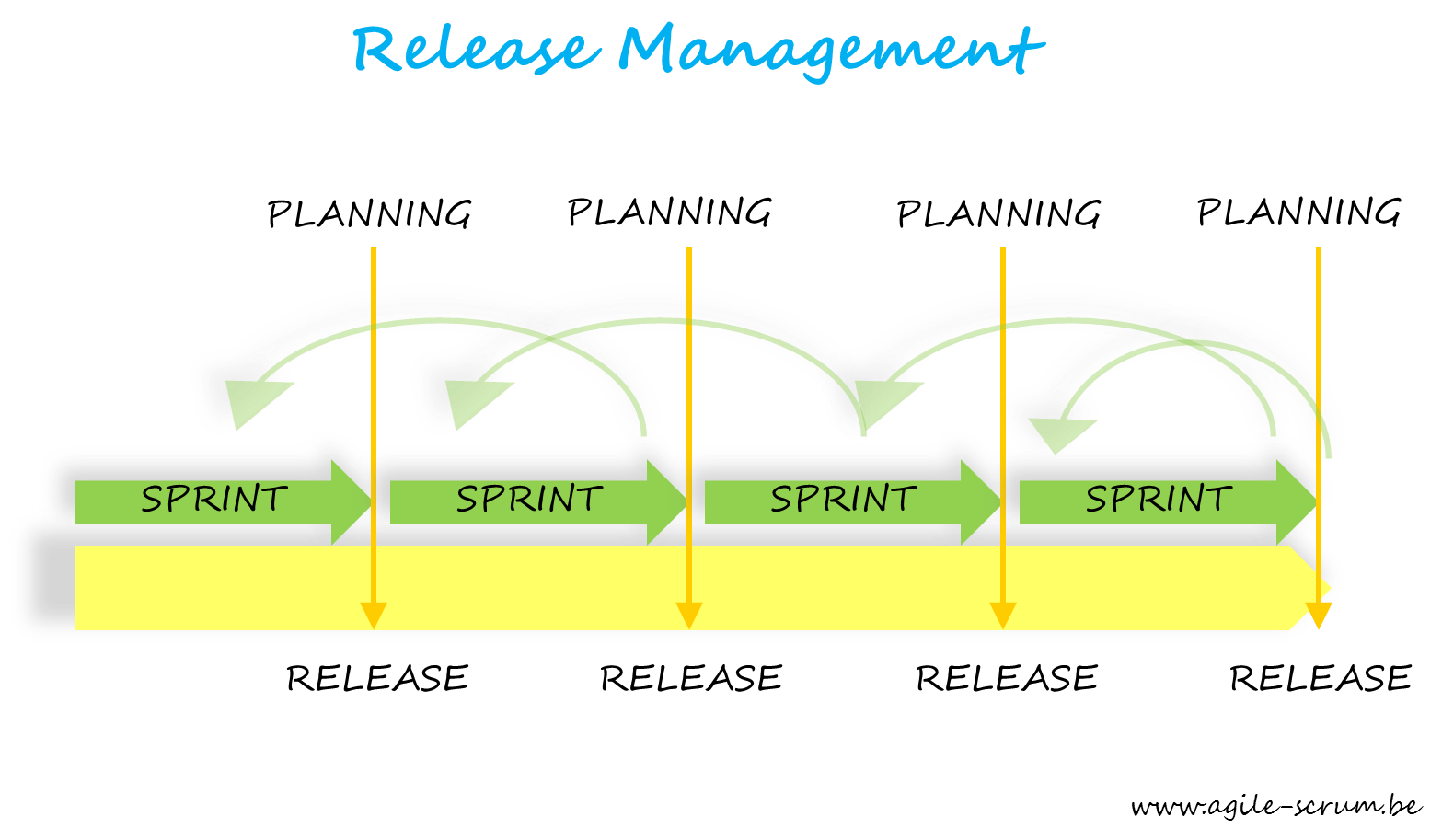Release management in DevOps offers many benefits. It transforms the software development and delivery process, boosts efficiency, and maximizes stakeholder satisfaction. These operational benefits extend to strategic advantages, contributing to an organization's growth.
Improved operational efficiency
Release management streamlines software development and delivery by standardizing and automating tasks. This results in improved coordination, fewer conflicts and delays, and higher quality.
Puppet's 2023 The State of Platform Engineering Report emphasizes the crucial role of core aspects of release management—fostering functional feedback loops and product management skills—in improving team productivity. Nearly 59% of respondents report greater DevOps productivity after implementing these practices.
Faster time-to-market
By streamlining the entire software development process, release management enables the team to release software faster and reduce time-to-market. This gives organizations a competitive edge as they can deliver value to customers quicker.
According to Puppet’s 2023 report, release management practices have sped up development for 68% of respondents. Meanwhile, 42% of survey participants reported a substantial improvement in development speed.
Fewer deployment failures
Release management practices and automation tools reduce the likelihood of update deployment problems and the need for rollbacks. They optimize the release cycle, balancing speed and stability.
A thought-out CI/CD pipeline provides a centralized source of information for every team. It also supports patch and upgrade releases to ensure that changes made by different stakeholders work well together in the final product.
Increased customer satisfaction
Better software efficiency, fewer failures, and quicker deployments lead to happier stakeholders. Customers benefit from high-quality software that meets their needs and expectations. Release management also enhances user experience and satisfaction, allowing teams to resolve issues proactively.
Culture of continuous improvement
Release management in DevOps nurtures a culture of continuous improvement. Regular feedback and iterative development are the cornerstones of this approach. It encourages quality assurance by automating testing and deployment processes. About 57% of respondents to Puppet’s report agree that release management improves workflow standards.
Lower development costs
Efficient release management can significantly cut costs by streamlining the deployment process, automating tasks, and eliminating human error. As operational expenses decrease, the return on investment increases, making the business more sustainable.
Now that we have clarified the benefits of release management in DevOps let’s discuss its structure.




